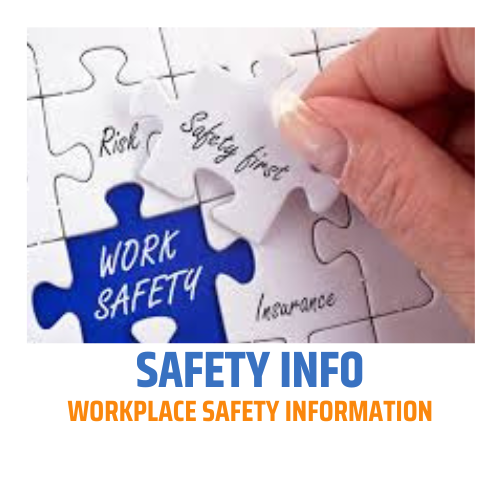What are the three keys to Industrial Safety?
The three keys to industrial safety, often referred to as
the "Three E's" of industrial safety, are Engineering, Education, and
Enforcement. These three components work together to promote a safe working
environment and mitigate the risks associated with industrial operations. Let's
explore each key:
- Engineering: Engineering focuses on designing and implementing safety measures and controls to prevent accidents and protect workers. It involves identifying and eliminating or minimizing hazards through engineering controls, such as:
- •Machine guarding: Ensuring that machines have appropriate guards to prevent accidental contact with moving parts.
- •Safety interlocks: Incorporating mechanisms that automatically shut down or prevent operation when unsafe conditions are detected.
- •Ventilation systems: Providing adequate ventilation to control exposure to hazardous substances and maintain air quality.
- •Ergonomic design: Designing workspaces, tools, and equipment to minimize physical strain and reduce the risk of musculoskeletal injuries.
- By applying engineering principles, potential hazards can be eliminated or mitigated at the source, creating a safer work environment.
- Education: Education plays a vital role in raising awareness and providing knowledge about workplace hazards, safe practices, and emergency procedures. Key aspects of education include:
- •Training programs: Conducting regular safety training sessions to educate workers about potential hazards, safe work practices, proper use of personal protective equipment (PPE), and emergency response protocols.
- •Safety policies and procedures: Communicating and enforcing clear safety policies and procedures throughout the organization to ensure that all employees are aware of and follow the necessary safety guidelines.
- •Safety culture: Promoting a culture of safety by encouraging open communication, reporting near-misses or hazards, and fostering a proactive attitude towards safety among employees.
- Education empowers workers to make informed decisions, recognize risks, and take appropriate safety measures in their daily work activities.
- Enforcement: Enforcement involves implementing mechanisms to ensure compliance with safety regulations and organizational safety policies. Key elements of enforcement include:
- •Regulatory compliance: Adhering to applicable safety standards, regulations, and guidelines set by government agencies, such as OSHA (Occupational Safety and Health Administration) in the United States.
- •Safety inspections: Conduct regular inspections to identify potential hazards, assess safety practices, and ensure compliance with safety requirements.
- •Incident reporting and investigation: Establishing a system to promptly report and investigate accidents, incidents, and near-misses to identify root causes and implement corrective actions.
- •Accountability: Holding individuals accountable for their actions regarding safety violations and non-compliance with safety policies.
Enforcement measures ensure that safety standards are
consistently met, creating a safer working environment and reinforcing a
culture of safety.
By integrating Engineering, Education, and Enforcement,
organizations can effectively manage risks, reduce workplace accidents, and
promote a culture of safety within industrial settings.







0 Comments